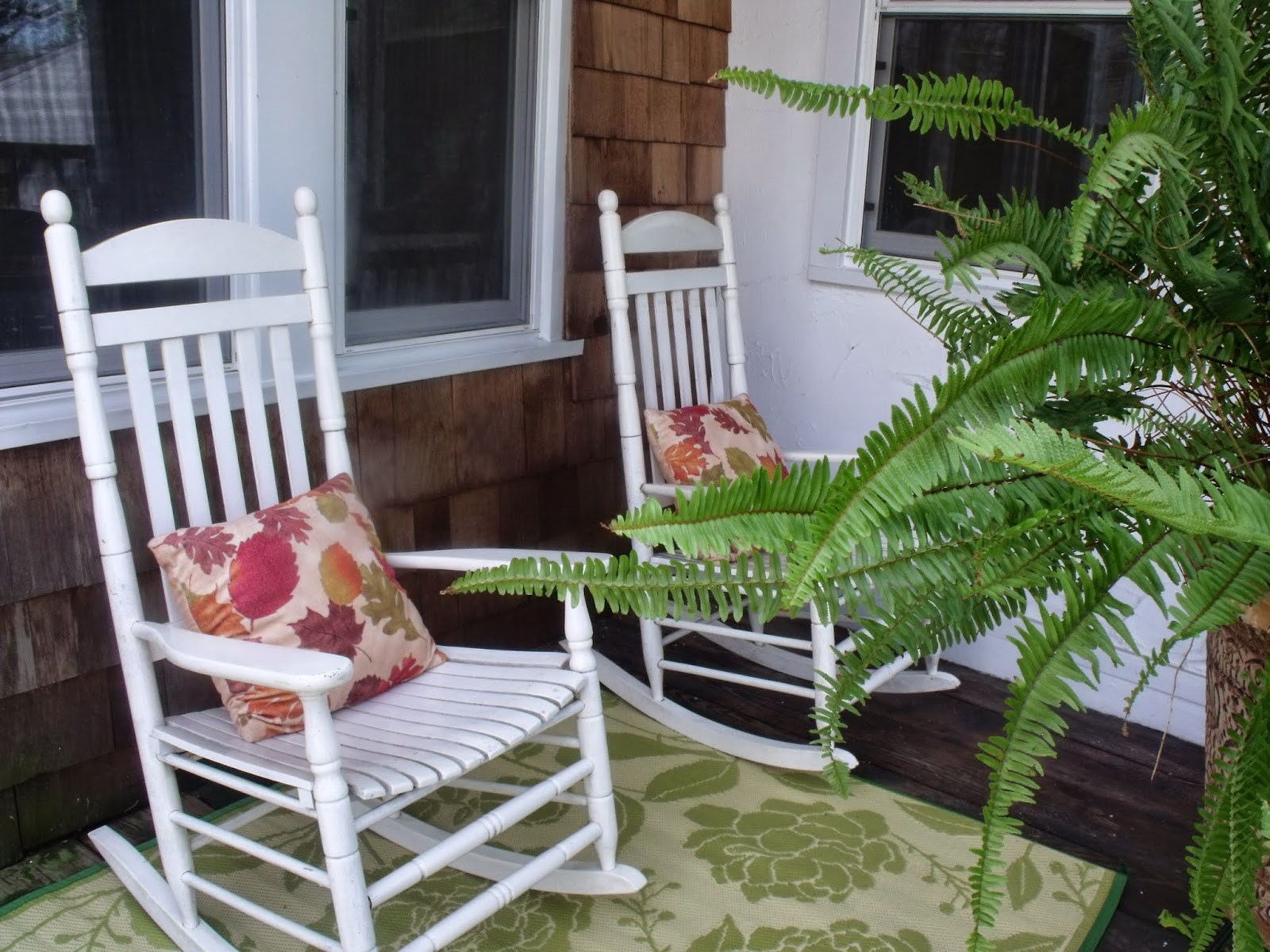At the completion of the program, I synthesized and integrated the skills--along with my strong faith in God--into my daily life. Overall, I navigated the ups and downs of life pretty well since then. What brings me back to blogging about DBT is a new and unwanted reality with which to deal: I am getting old.
Old age has brought physical pain including arthritis requiring seemingly endless spinal procedures, injections, and medications.
It has brought a chronic bladder condition resulting in the deterioration of my bladder lining, enabling painful urine substances to reach the bladder's nerve endings.
It has inflicted its usual bag of tricks on my physical appearance which often leave me looking in the mirror and not seeing "me," but some elderly stranger.
It is beginning to rob me of friends and relatives as they deteriorate and die.
Some days, aging feels like impending death no matter how much I use "Radical Acceptance" or "Distract" or try to avoid the unavoidable by living in the present with "Mindfulness.'
Recently, as I tried to put makeup on my face, I watched it crack and crease into wrinkles upon wrinkles. I thought, what are you doing, collagen? Where are you going? You used to hold me together but now you just remind me of my old gardening jacket. E very
autumn, I think, it’s time for that jacket to go. It's falling apart. Its zipper is
broken. People are staring at the safety pins and duct tape, reminiscent of too many layers of makeup concealer and bad hairpieces.
In my youth, collagen wound itself into tight triple helices and zipped me all
together: skin, bones, muscles. It was my trampoline. No matter the
circumstances life brought my way, at least my appearance bounced back. It put the spring into my
step, teased the dimples back into my cheeks, swung my arms back open to
embrace the world one more time.
Now collagen and I are both unraveling in identity, stretching out of shape beyond our capacity
to rebound, and coming apart at the seams. My hands are blue. My scalp through my thin hair looks as
though it’s scribbled on with a pen. My cheeks look like wet tissue paper. I
hardly recognize us.
By
unfolding the layers of my skin, aging has rent the curtain on my inner being, bringing glimpses of blood vessels, tendons, bones to the surface. It is an unwanted xray-- a visual reminder of increasing physical deterioration, pain and limitations. It makes it hard to get my eyes off of myself and focus, instead, on building a life worth living.
 But I know I can do it. After all, isn't this relationship with my physical body also in danger of becoming yet another "co-dependency," i.e., if "you're okay, I'm okay." Clearly, things are not "okay" with my body as I continue to age, experience pain and sickness, and move toward the end of life. I can't pretend that they are. However, I can challenge my "storytelling" left brain's "doom and gloom" narrative every day to find acceptance and, yes, even joy.
But I know I can do it. After all, isn't this relationship with my physical body also in danger of becoming yet another "co-dependency," i.e., if "you're okay, I'm okay." Clearly, things are not "okay" with my body as I continue to age, experience pain and sickness, and move toward the end of life. I can't pretend that they are. However, I can challenge my "storytelling" left brain's "doom and gloom" narrative every day to find acceptance and, yes, even joy.
My "go-to" for words to confront distorted narratives my brain tries to tell me most often come from scripture, such as, "Do not be anxious about anything, but in every situation, by prayer and petition, present your requests to God. And the peace of God, which transcends all understanding, will guard your hearts and your minds in Christ Jesus." (Philippians 4:6-7)
And so, collagen, I forgive you. Even though your molecules no longer zip, you and I
still have much to do regardless of how this worn old jacket looks. It is
spring again. God is warming the earth and knitting us together with Him and in
love. It’s an unbreakable bond, this love for Him, for others, for myself. So, let’s link up with Him and step
outside into April. Will you come with me? There are bluebirds on the lawn and peace to be found.









